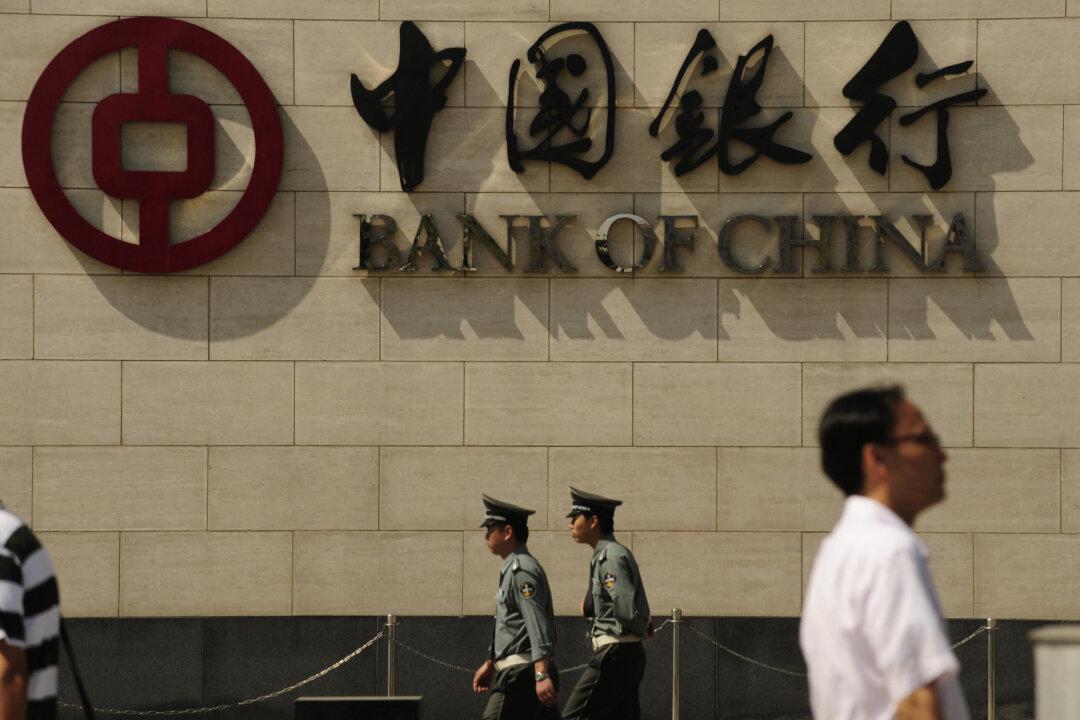Commentary
As Chinese banks creaked and groaned under the weight of increased demands to lend and large amounts of undeclared bad loans, it only became a question of time before bank bailouts began. Well, the bank bailouts in China have begun.

As Chinese banks creaked and groaned under the weight of increased demands to lend and large amounts of undeclared bad loans, it only became a question of time before bank bailouts began. Well, the bank bailouts in China have begun.